
This article discusses the risks of conventional medical treatment and offers alternative holistic treatments that are safer and more effective for relieving acute pain and pain flares.
Pain is a fact of life. Far too many people are living with chronic pain—over 100 million in the U.S. alone. Many people with chronic pain experience pain flares, where their pain is much worse than their usual level. Even if you’re lucky enough to escape chronic pain, pain can come at any moment. Accidents happen. Post-surgical pain can be severe. Painful illnesses can come on suddenly. Even though pain itself is not life threatening, choosing the wrong pain treatment can be.
Are you prepared?
Find Safe, Effective Pain Relief Products
Prescription Opioids for Acute Pain
It is extremely common for physicians to prescribe opioids for acute, painful injuries or acute pain after surgery. Opioids are even prescribed after minor injuries like ankle sprains and minor surgeries like tooth extraction. It is also much more common than most people realize for this to be the start of an opioid addiction. In as little as a week, some patients can get hooked. Economic status, education, race, age and lack of an addiction history are immaterial—opioid addiction can happen to anyone. And that addiction can end in an overdose death.
There are other problems with opioids too. More than 50% of patients either don’t experience pain relief or find the side effects so intolerable that they discontinue them. Opioids also suppress immune function, which can be critical in the case of injury or surgery—or during a pandemic. And research indicates that the use of opioids for acute pain increases the likelihood that the pain will become chronic.
Use of opioids can slow wound healing. Studies have also shown that long term prescription of opioids after a low back injury substantially slowed return to work.
NSAIDs and Acetaminophen for Acute Pain
The National Safety Council cites research indicating that the use of a combination of ibuprofen and acetaminophen is more effective than opioids for acute pain. This can be a safe strategy in the very short term, but chronic use of NSAIDs (non-steroidal anti-inflammatory drugs) such as ibuprofen or naproxen for more than two weeks significantly increases the likelihood of GI bleeding, heart attacks, strokes and kidney damage. Overuse of acetaminophen (Tylenol) can cause liver failure, which is fatal without a liver transplant.
NSAIDs can also slow healing. Inflammation is part of the body’s healing response to an acute injury. It is the result of the body rushing more blood supply with more immune agents and nutrition to promote healing. By reducing the inflammatory response, healing is slowed.
NSAIDs also suppress the immune system, making the body less resistant to infection of all kinds.
Safe, Effective Acute Pain Treatments
Here are some other options that are far safer than opioids and NSAIDs:
- CBD – CBD is a compound found in marijuana as well as its relative, hemp. It does not cause a high. Hemp is a legal product and CBD derived from hemp is legal and available almost everywhere. It can be purchased online. CBD is a very effective pain reliever. It also helps decrease inflammation, reduces anxiety, promotes sleep and eases opioid withdrawal. It is also neuro-protective and anti-carcinogenic. CBD comes in many forms, including tinctures, edibles such as gummies and topical creams and ointments. If skin is intact, using a combination of oral and topical CBD often provides the best results.
- Kratom – An herb from Southeast Asia, a relative of the coffee plant. Kratom has many similar effects as CBD, including pain relief, reduces anxiety, promotes sleep and eases opioid withdrawal. It’s available as a powder or in capsules. Less expensive than CBD oil and also available online. It’s a very powerful pain reliever. Due to unjustified fear mongering by the FDA, which is Big Pharma-friendly, some states have banned the use of kratom, including Alabama, Arkansas, Indiana, Rhode Island, Vermont and Wisconsin.
- Homeopathic remedies – Based on the principle that “like cures like”, homeopathy uses extreme dilutions of substances that would give you the same symptoms you have. It gently stimulates the body’s healing systems. Well known remedies for pain include arnica for muscle soreness, bruises and sprains, ruta for inflammation and hypericum for nerve pain. These inexpensive, durable remedies are worth having on hand just in case. There are also homeopathic ointments that can be applied to injured areas. One well known one is Traumeel, which works well for sprains. Mainstream medicine has been hostile to homeopathy since the inception of the American Medical Association in the mid-19th century and continues to profess that homeopathy is unproven and nothing more than a placebo. That is simply not true. There are currently over 1200 studies of homeopathy and research is ongoing. I have used these remedies instead of NSAIDs and many other pharmaceuticals for over 40 years.
- Corganics Relief– This inexpensive cream includes anti-inflammatory and pain-relieving essential oils and MSM (a compound that helps with deeper absorption). A more affordable option than CBD. Works great for muscle and joint pain.
- Electric Massagers – great for relaxing tight, painful muscles and increasing circulation to reduce inflammation and promote healing. The very inexpensive WAHL Deep Tissue Percussion Massager is great to have on hand for everyday muscle soreness as well as emergency use. The more expensive Myobuddy Massager delivers a deeper, more intensive massage that is even more therapeutic.
- Mind/Body Healing Apps like Headspace and Curable help you to put your body and mind into its optimal healing state for pain relief and healing. Pain is stressful and often acute pain occurs as the result of trauma. It’s important to get out of that over-aroused state which suppresses healing and generates more pain.
- PainReief.io Nanotechnology Patches for pain relief and speedier healing. This unique approach was inadvertently discovered by an inventor. He was working on an underground antennae that used nanotechnology when he broke six ribs in a motorcycle accident. He discovered that placing the antennae on his chest stopped his pain. He went on to develop these reusable patches that help with both acute and chronic pain.
- Pulsed Electromagnetic Field (pEMF) devices like the Oska Pulse, which normalize the electrical potential of injured tissue to reduce pain and inflammation and speed healing.
- My favorite: Red/Infrared Light Therapy, also known as photobiomodulation, which changes the permeability of the cell walls to increase oxygen, nutrients and ATP (cellular energy) to reduce pain and inflammation and speed up healing. Great for painful joints, sprains, wounds, broken bones, traumatic brain injuries and other painful conditions. See my recommended light therapy devices HERE
- Frequency-specific microcurrent devices like Healy, which uses surface electrodes and very specific electrical frequencies to reduce pain and inflammation and speed recovery. The Healy also has many wellness applications such as to improve immunity and for relaxation.
Plan Ahead So You’re Ready When Pain Attacks or Flares Up
Consider assembling a pain relief first aid kit so that you always have what you need to stay safe and comfortable in case of abrupt onset of a painful condition or exacerbation of a chronic one.
You can find even more ideas for treating acute and chronic pain on the Alternative Pain Treatment Directory and find healthcare providers who can help.
The author, Cindy Perlin, is a Licensed Clinical Social Worker, certified biofeedback practitioner and chronic pain survivor. She is the founder and CEO of the Alternative Pain Treatment Directory and the author of The Truth About Chronic Pain Treatments: The Best and Worst Strategies for Becoming Pain Free. She's located in the Albany, NY area, where she has been helping people improve their health and emotional well-being for over 30 years. See her provider profile HERE. She is available for both in-office and virtual consultations.


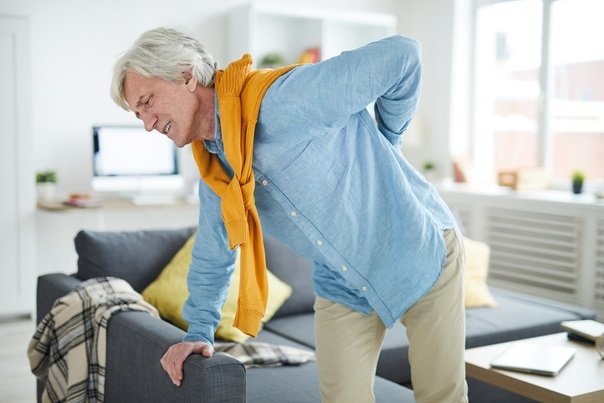
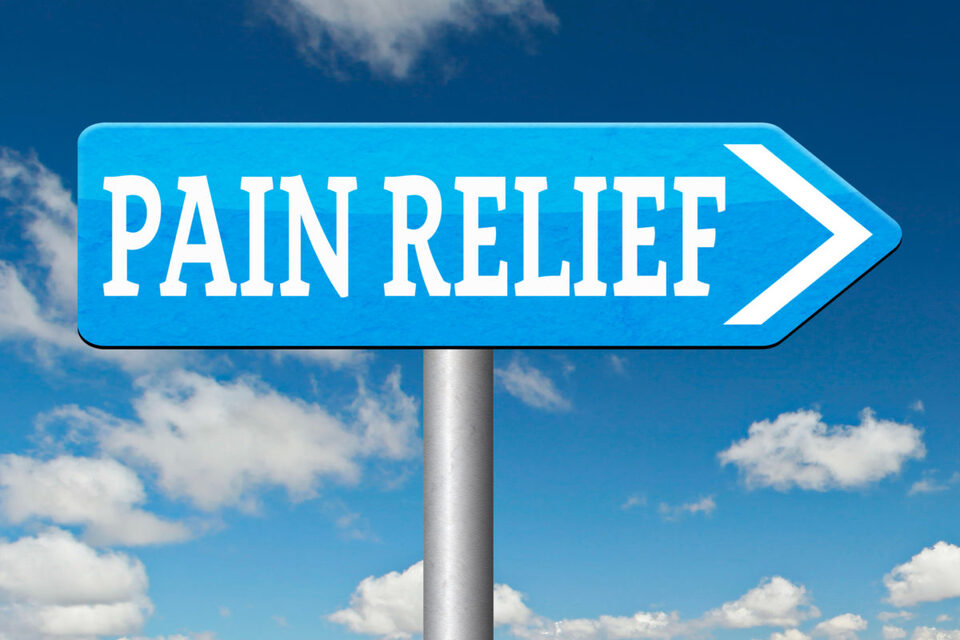
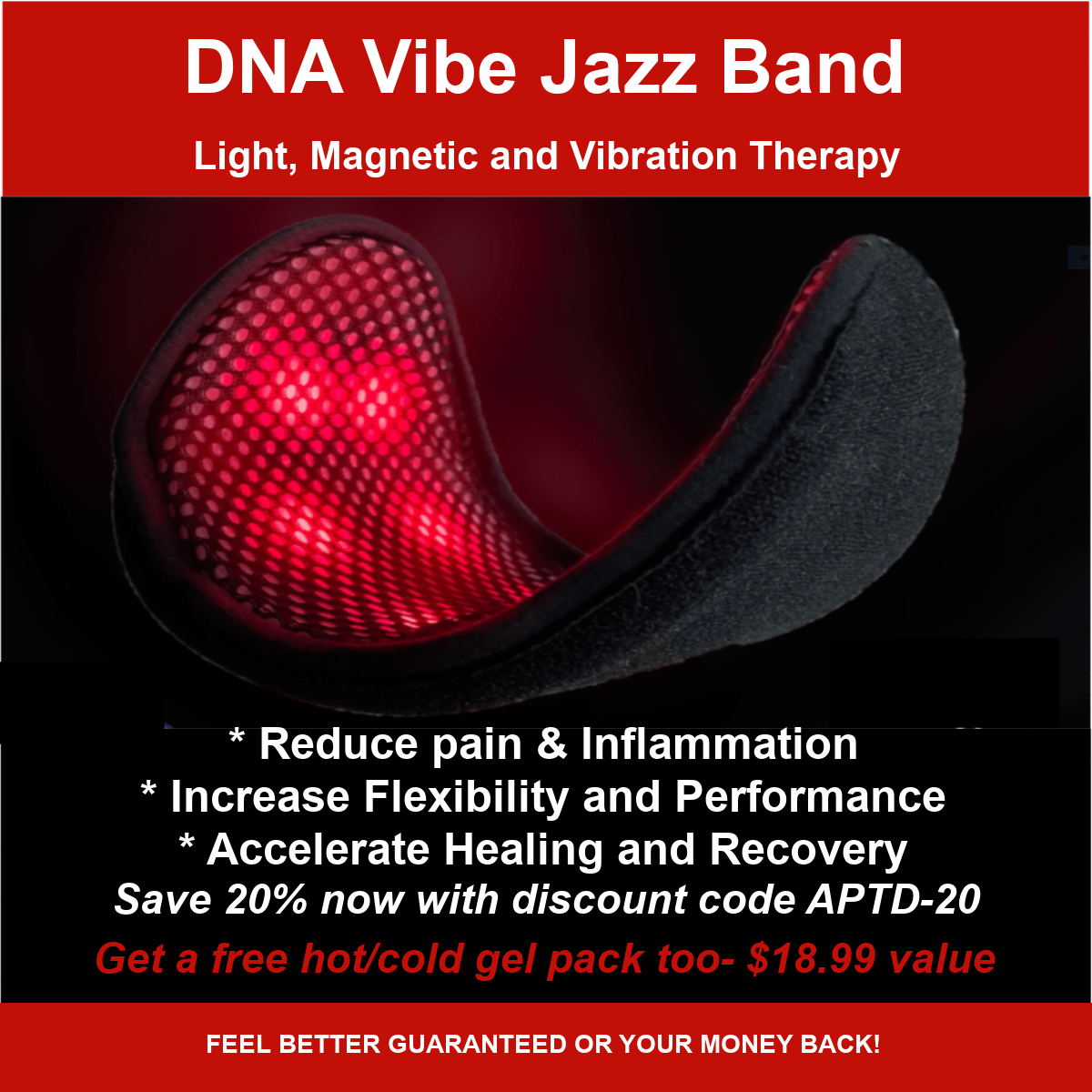
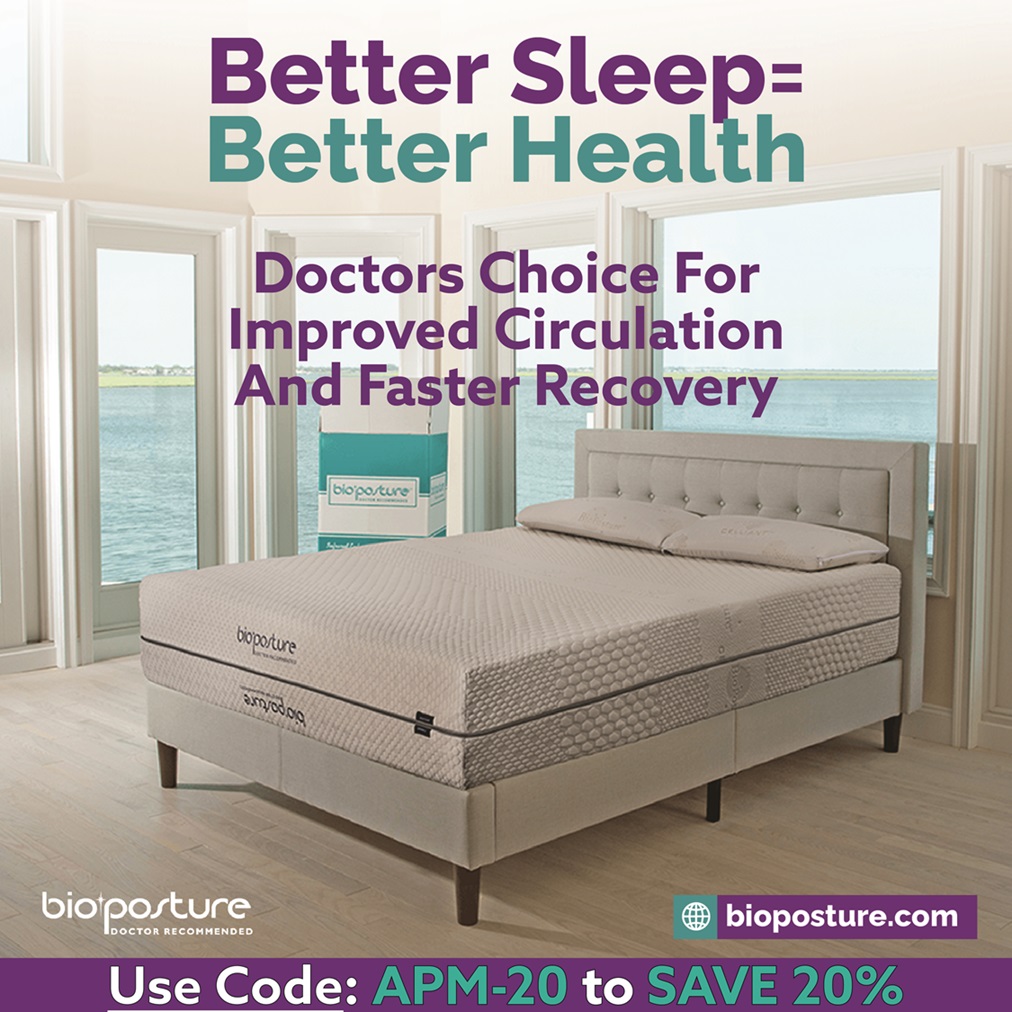
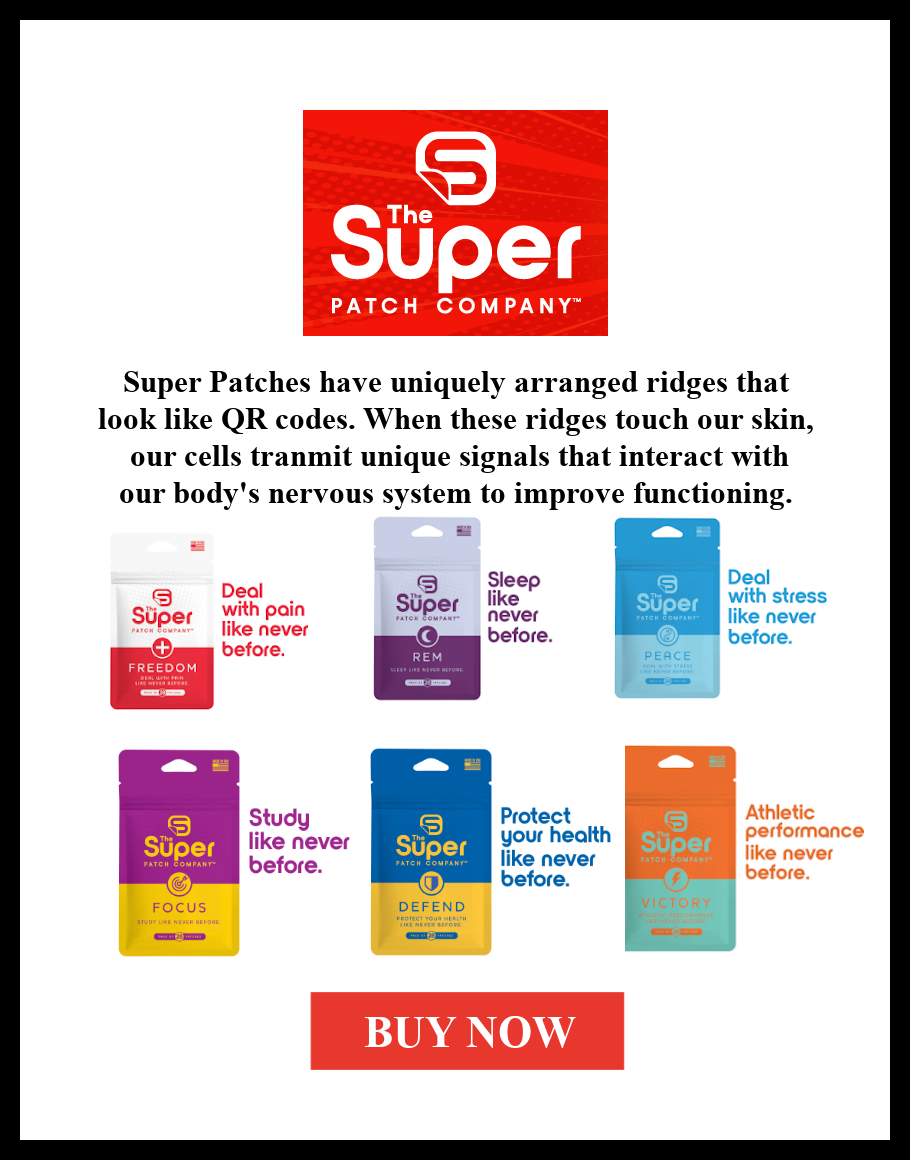
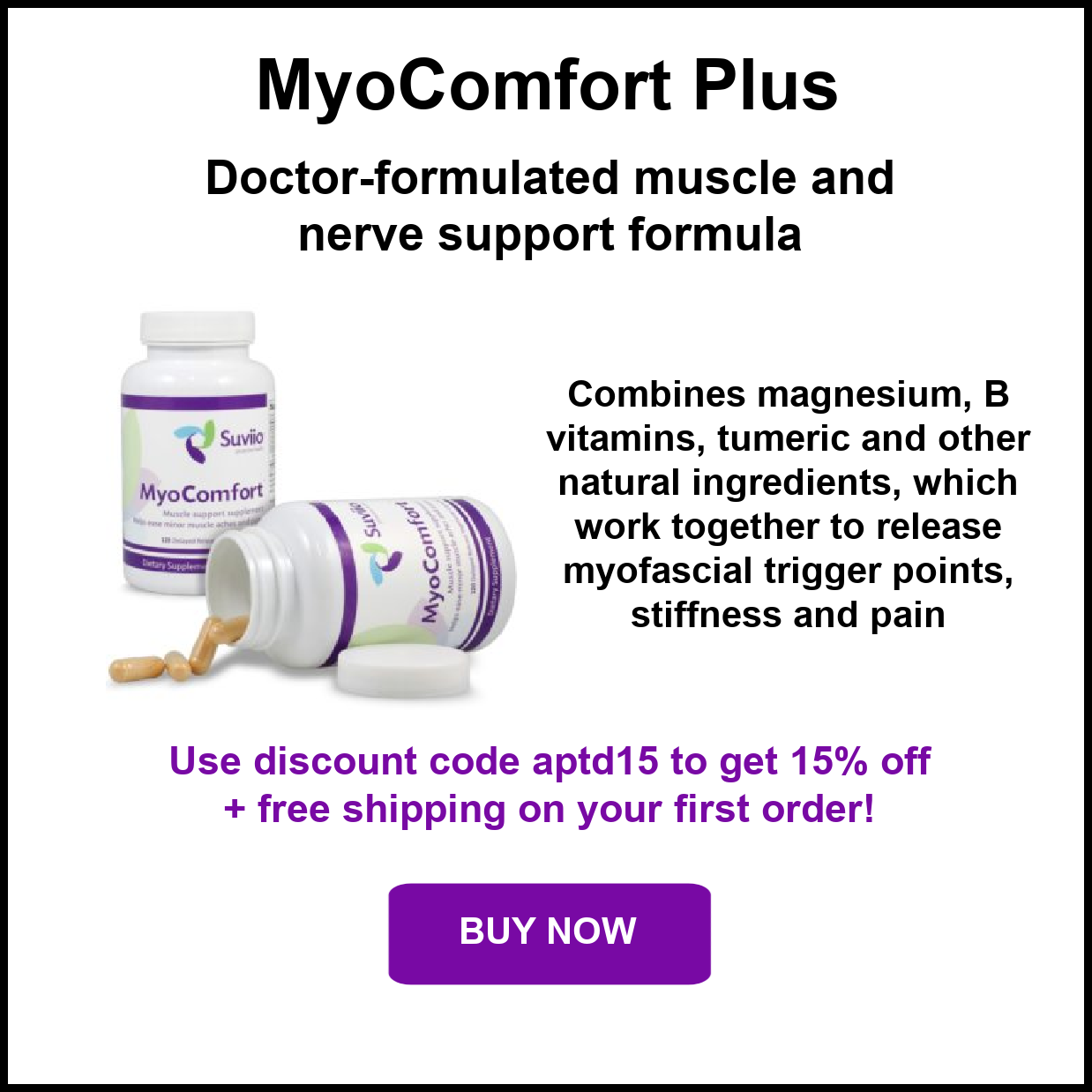
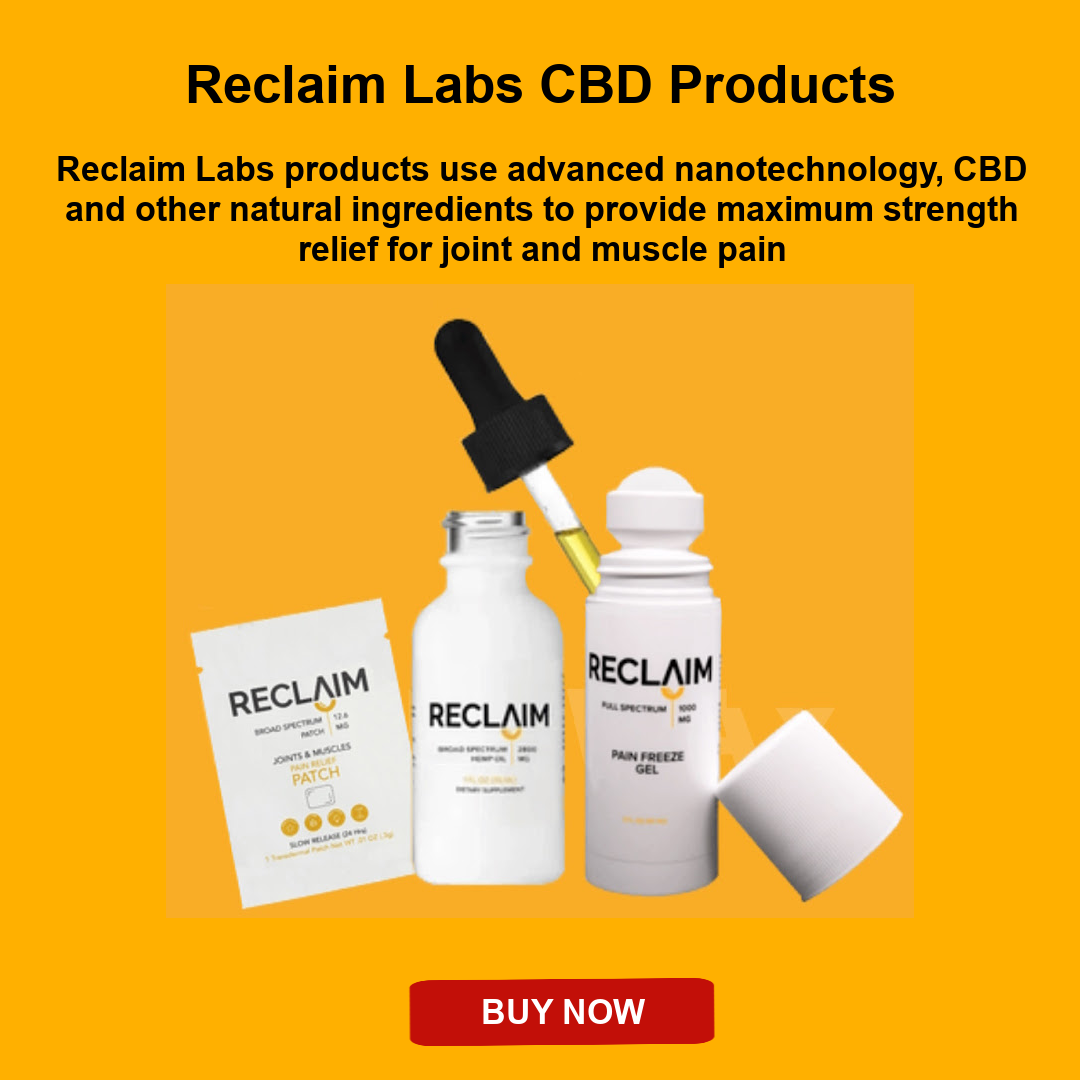


Comments